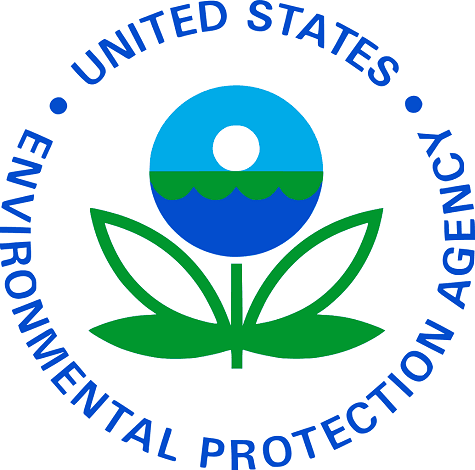This article was authored and contributed to Breitbart Texas by Leigh Thompson of the Texas Public Policy Foundation.
The Environmental Protection Agency (EPA) has taken yet another regulatory action to interfere with oil and gas production – long considered an activity with de minimus impact on air quality. The Agency now sets its sights on methane, which is the primary component of natural gas. Methane emissions from natural gas systems have fallen by 14.3% from 2008-2012. Any leaks from hydraulically fractured natural gas wells have fallen by 73% from 2011-2013. In this same time frame, the U.S. has become the world’s leading producer of natural gas, nearly quadrupling production rates from those in 2008, as well as increasing natural gas pipelines by 30%. In spite of the steep decline of methane emissions and steady economic growth, the White House recently moved forward with the Climate Action Plan, directing the EPA to propose expansive rules by the summer of 2015. The new regulations aim to reduce methane emissions by 40-45% from 2012 levels by 2025 through a series of actions targeting the oil and gas industry.
Ignoring widely accepted science, the EPA estimates that methane is the second largest contributor to greenhouse gases. The White House’s regulatory directive on methane alleges that methane gas has 20-25 times the heat-trapping potential of CO2 over a hundred year period, although methane is less prevalent than CO2 in the atmosphere. The EPA estimates that 10% of the total greenhouse gases emitted in 2012 came from methane and that 30% of those emissions were derived from the oil and gas industry. Notably, the second largest contributor to methane emissions is livestock.
Two central issues emerge with the prospect of methane regulation: the actual impact, if any, methane has in alleged global warming and the economic impact of unnecessary regulation. S. Fred Singer, a scientist and expert in atmospheric and space physics, finds that EPA overstates the warming potential of methane gas by a factor of as much as 100.
Infrared absorption bands of methane are covered by atmospheric water vapor, meaning that once radiation (heat) has been absorbed by water vapor, there is nothing left for methane to absorb. Methane bands are located far from the peak of the surface heat emission spectrum where there is little energy left to be absorbed. While not completely negligible, the actual energy contained in methane absorption bands is quite small and nowhere near 20%.
The oil and gas industry is put in a difficult position. Many companies already use technologies to reduce methane emissions since any escaping methane results in a direct loss of product to sell. However, faced with burdensome federal regulations, costs to produce will increase. The natural gas industry points to the current drop in oil prices as reason to avoid unnecessary regulation during an already tumultuous time. Regulations that take years to implement may actually cause emissions to remain higher for longer periods of time.
While acknowledging the success of the industry’s voluntary emissions reduction, the White House suggests that a regulatory regime to monitor, report, and verify methane emissions coupled with proof of continual reductions could reduce the need for further regulation. Ironically, the White House’s renewed push to regulate methane was launched two weeks after the implementation of a key component of the EPA’s first air pollution standards for hydraulically fractured wells, promulgated in 2012, requiring reduced emissions completion (REC) equipment on most newly drilled wells to capture escaping gas. Like the EPA’s 2012 rule, the White House plan only covers new or modified sites. However, it is important to note that under the terms of the Clean Air Act, the EPA has the authority to regulate existing sources if they simply sought to do so. Given this EPA’s current regulatory path, regulation of existing wells is more likely than not.
EPA’s has long experience in regulating large, stationary industrial facilities that operate in the same place for decades. Upstream oil and gas extraction is a wholly different industrial arena. The Clean Air Act was never intended to regulate thousands of diverse, temporary well sites across the country. Appropriately, upstream activities have long been the prerogative of state rather than federal authority. EPA’s attempt to federalize oversight of oil and gas production is ill-timed, unnecessary, and likely counter-productive.
Leigh Thompson is a policy analyst with the Armstrong Center for Energy and the Environment at the Texas Public Policy Foundation. She may be reached at lthompson@texaspolicy.com.

COMMENTS
Please let us know if you're having issues with commenting.